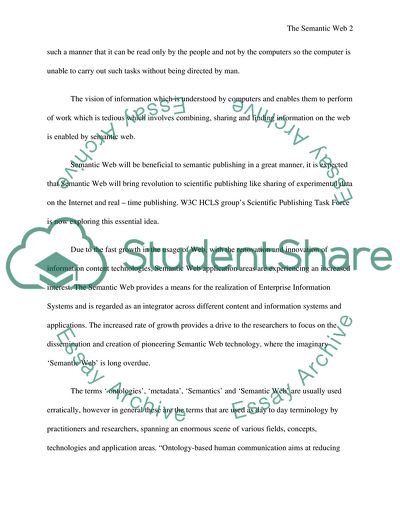Cite this document
(Semantic Web System Case Study Example | Topics and Well Written Essays - 1750 words, n.d.)
Semantic Web System Case Study Example | Topics and Well Written Essays - 1750 words. https://studentshare.org/information-technology/1730333-it-research
Semantic Web System Case Study Example | Topics and Well Written Essays - 1750 words. https://studentshare.org/information-technology/1730333-it-research
(Semantic Web System Case Study Example | Topics and Well Written Essays - 1750 Words)
Semantic Web System Case Study Example | Topics and Well Written Essays - 1750 Words. https://studentshare.org/information-technology/1730333-it-research.
Semantic Web System Case Study Example | Topics and Well Written Essays - 1750 Words. https://studentshare.org/information-technology/1730333-it-research.
“Semantic Web System Case Study Example | Topics and Well Written Essays - 1750 Words”. https://studentshare.org/information-technology/1730333-it-research.


